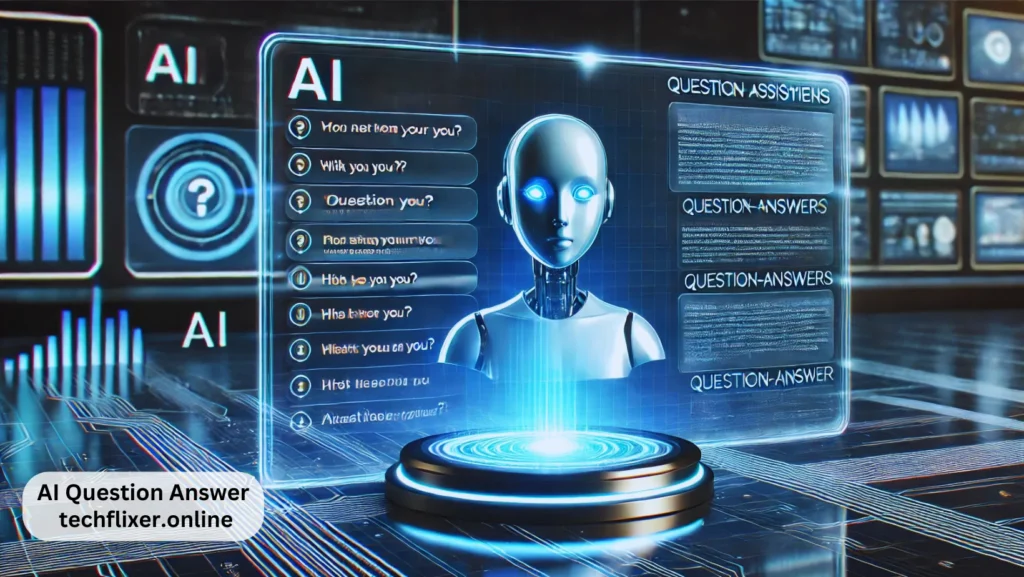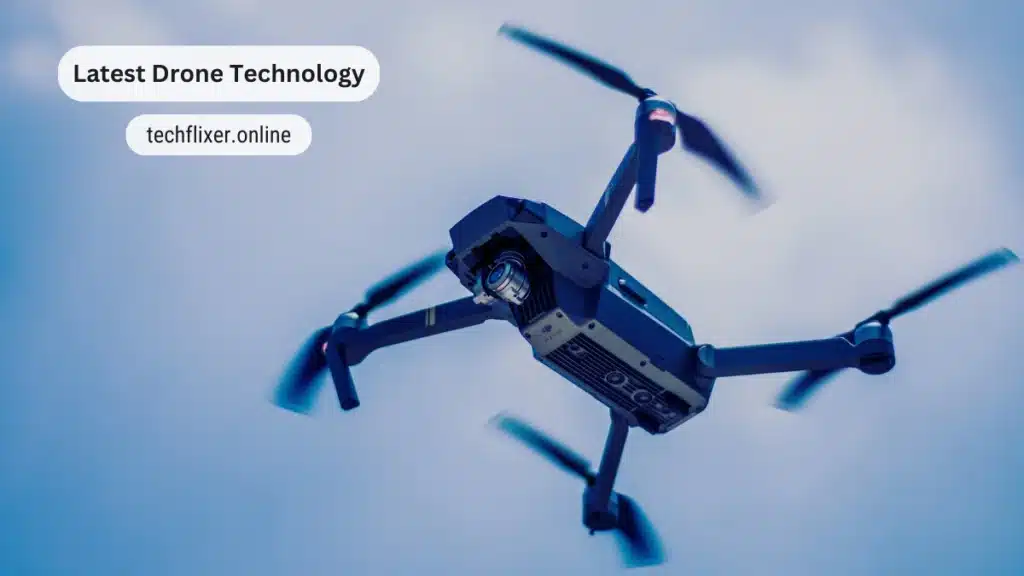Artificial Intelligence in Cybersecurity – Opportunities and Risks

In today’s hyper-connected world, cybersecurity threats are becoming increasingly sophisticated. From phishing scams to ransomware attacks, organizations face an ever-evolving landscape of risks. Enter artificial intelligence in cybersecurity, a powerful technology transforming how we detect, prevent, and respond to cyber threats. But how does AI actually impact cybersecurity, and what opportunities and risks does it bring? Let’s explore.
Artificial Intelligence in Cybersecurity
Artificial intelligence plays a pivotal role in modern cybersecurity. Traditional systems rely on predefined rules and manual interventions, often making them slow and reactive. AI, however, offers:
- Real-Time Threat Detection – AI can analyze vast datasets in seconds, identifying anomalies and suspicious activities.
- Predictive Analytics – Using machine learning algorithms, AI predicts potential vulnerabilities before they are exploited.
- Automation – Repetitive tasks, such as monitoring network activity or updating firewalls, are automated, freeing up human experts for complex problem-solving.
By adopting AI-driven tools, organizations enhance their ability to combat cybercrime effectively and proactively.
How AI Enhances Cybersecurity Capabilities?
Advanced Threat Detection
Using artificial intelligence in cybersecurity allows for the detection of sophisticated attacks that traditional systems often miss. For example, AI-powered systems can identify zero-day vulnerabilities, detect malicious patterns in encrypted traffic, and monitor insider threats.
Behavioral Analysis
AI analyzes user behavior to spot deviations from the norm. For instance, if an employee suddenly downloads large amounts of sensitive data or accesses restricted files, the system flags the behavior for review.
Incident Response and Mitigation
Artificial intelligence in cybersecurity accelerates the response time to attacks. AI systems can isolate infected devices, block malicious IP addresses, and even reverse changes caused by malware in real time.
Opportunities in Artificial Intelligence for Cybersecurity
The integration of AI in cybersecurity brings numerous opportunities, including:
Proactive Defense Systems
AI doesn’t just detect threats; it predicts them. By analyzing global threat intelligence data, AI creates adaptive defenses that evolve with new risks.
Improved Accuracy
AI reduces false positives, a common issue in traditional security systems. This ensures that security teams focus on genuine threats, saving time and resources.
Scalability
Whether protecting small businesses or global enterprises, AI solutions are scalable to meet diverse security needs.
Cost Efficiency
Automation minimizes the need for manual intervention, reducing operational costs while maintaining robust protection.
Risks and Challenges of Artificial Intelligence in Cybersecurity
Despite its benefits, AI in cybersecurity isn’t without challenges:
AI as a Double-Edged Sword
While AI enhances security, hackers also use it to develop more advanced attacks, such as deepfake phishing or AI-driven malware.
Data Privacy Concerns
AI relies heavily on data to function. Improper handling of sensitive information could lead to privacy breaches or legal issues.
High Implementation Costs
For smaller organizations, the initial investment in AI-driven systems can be prohibitively expensive.
Dependence on AI
Over-reliance on AI can make systems vulnerable if the AI model is compromised or fails to adapt to new threats.
What is the Role of Artificial Intelligence in Cybersecurity?
The role of AI in cybersecurity is transformative. It acts as both a guardian and a strategist, offering solutions that were once impossible with traditional tools. By combining machine learning, natural language processing, and data analytics, AI ensures faster, smarter, and more efficient threat management.
Moreover, AI is vital for combating emerging cyber threats, such as:
- IoT Device Attacks | AI monitors interconnected devices for security gaps.
- Ransomware Detection | It identifies unusual file encryptions and prevents ransomware spread.
- Supply Chain Vulnerabilities | AI maps supply chain networks to find weak links.
In essence, AI is redefining how we secure digital systems in the modern age.
Applications of Artificial Intelligence in Cybersecurity
AI is not just a concept—it’s actively shaping cybersecurity strategies worldwide. Here are some real-world applications:
AI-Powered Firewalls
Intelligent firewalls use AI to filter traffic dynamically, blocking suspicious IP addresses and malware-laden websites.
Phishing Email Detection
AI scans emails for subtle indicators of phishing attempts, such as suspicious URLs or unusual sender behavior.
Facial Recognition for Access Control
Organizations use AI-driven facial recognition to secure physical and digital access points.
Threat Intelligence Platforms
AI compiles data from various sources, offering actionable insights into global cyber threats.
Artificial Intelligence in Cybersecurity – Opportunities and Risks
While AI offers unmatched potential, balancing its opportunities with associated risks is essential. Organizations must adopt a layered security approach, combining AI tools with human oversight. This ensures vulnerabilities are addressed while leveraging AI’s full capabilities.
Furthermore, as the technology evolves, collaboration between tech developers, security experts, and policymakers is critical to creating robust AI-driven cybersecurity frameworks.
Conclusion
Artificial intelligence is no longer just an optional tool in cybersecurity; it’s a necessity. As cyber threats grow in complexity, AI empowers organizations to stay one step ahead. However, understanding its limitations and risks is equally important to harness its full potential responsibly.
By strategically using artificial intelligence in cybersecurity, we can secure a safer digital world for individuals and businesses alike on Tech Flixer.
FAQs on Artificial Intelligence in Cybersecurity
What is the role of artificial intelligence in cybersecurity?
AI in cybersecurity helps detect and prevent threats, analyze user behavior, and respond to incidents in real time. Its predictive capabilities allow organizations to anticipate vulnerabilities before they are exploited.
How does AI improve threat detection?
AI improves threat detection by analyzing large datasets for patterns and anomalies. It identifies zero-day attacks, phishing attempts, and insider threats more effectively than traditional methods.
What are the risks of using AI in cybersecurity?
The risks include misuse by hackers, high implementation costs, and over-reliance on automated systems. Additionally, improper data handling can lead to privacy breaches.
Can AI replace human cybersecurity experts?
AI complements but cannot replace human experts. While AI excels in automation and data analysis, human expertise is essential for strategic decision-making and handling complex scenarios.
Why is AI important for future cybersecurity?
AI is critical for addressing evolving threats like ransomware, IoT vulnerabilities, and sophisticated phishing attacks. Its ability to adapt and learn ensures robust defense mechanisms for future challenges.
Read More!
Janitor AI – The Ultimate Free Chatbot Revolution
Robotic Process Automation Example – How RPA Transforms Industries
Chatgot – Everything You Need to Know About This Revolutionary Tool



































